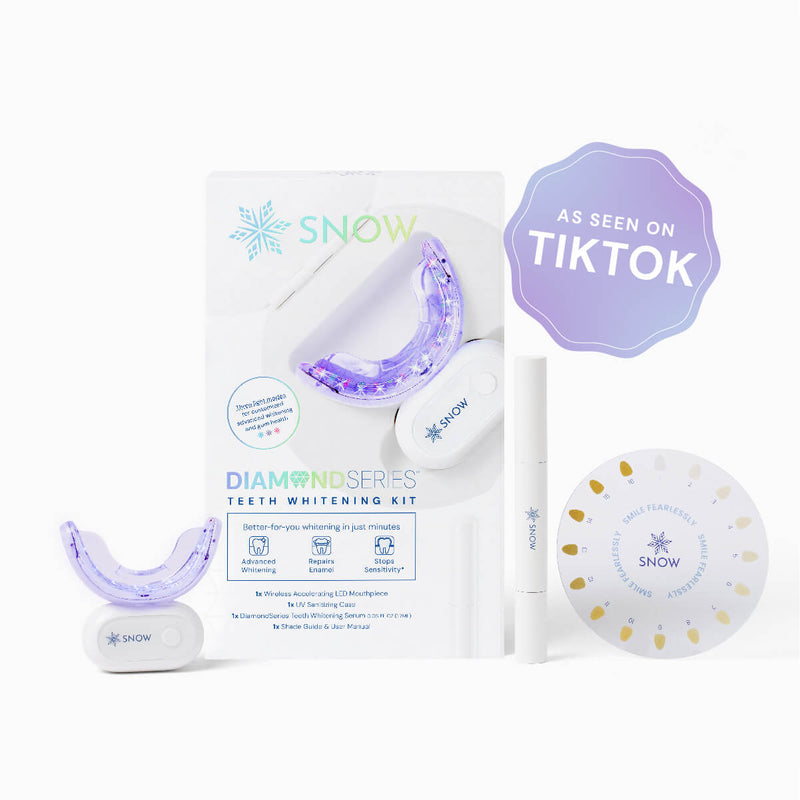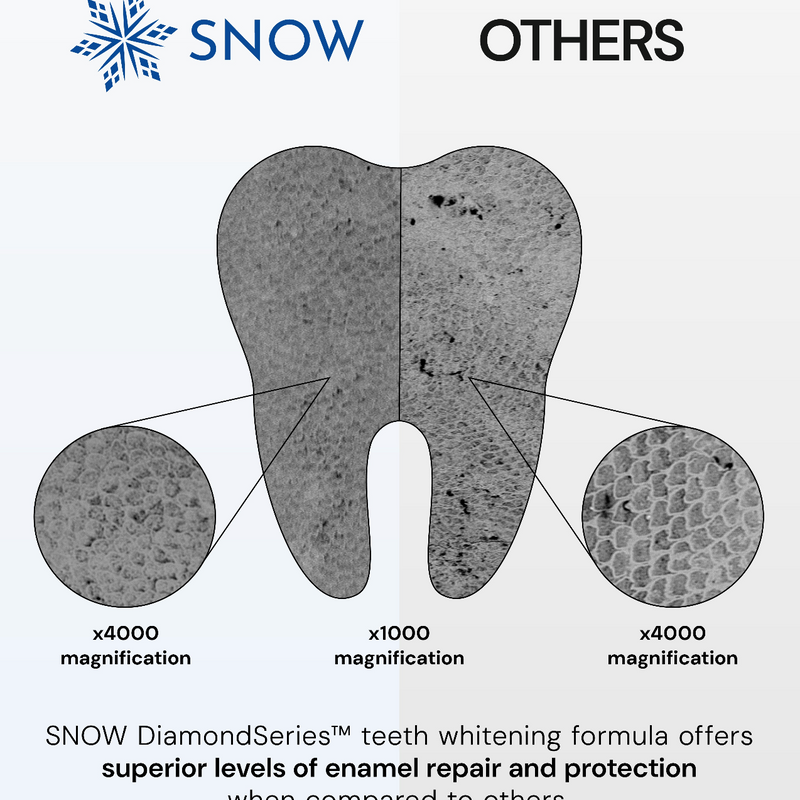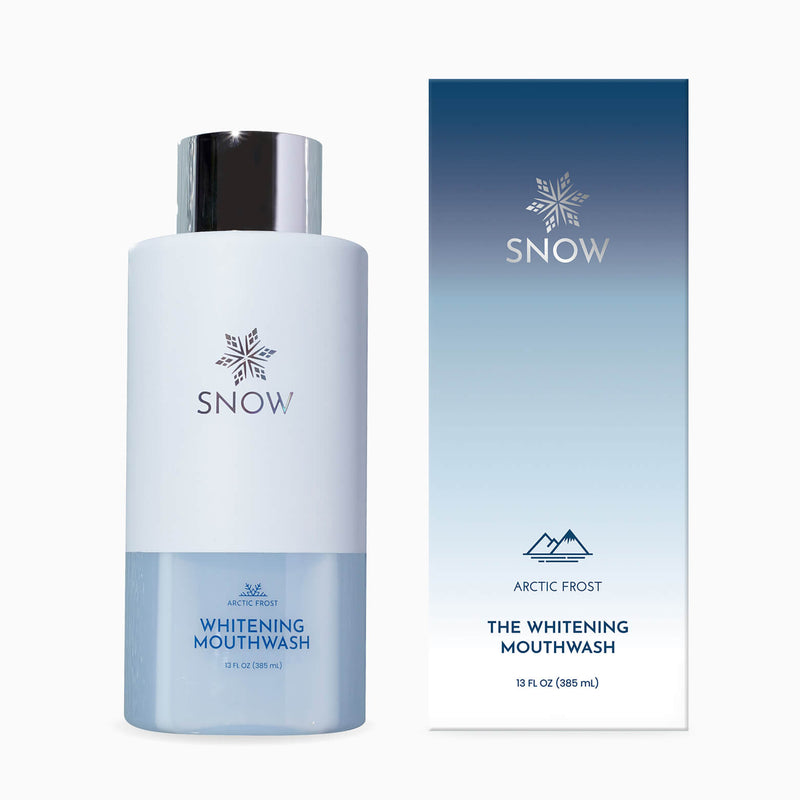Figuring out how to use string floss may seem simple, but knowing the correct technique can make all the difference.
In this article, we'll guide you through the steps of how to floss correctly with string floss, explore alternatives like water flossers and dental picks, and discuss important tips for flossing around dental work and back teeth.
You'll also learn key tips to ensure you're getting the most out of your flossing routine.
Here's what you need to know.
What this article covers:- How to Floss Correctly with String Floss (numbered list)
- Flossing Alternatives
- What You Should Know
- Tips for Using String Floss
How to Floss Correctly with String Floss (numbered list)
- Start by cutting about 18 to 24 inches of floss. This length allows you to use a clean section for each tooth, reducing the risk of transferring debris.
- Wind the floss around the middle fingers of both hands, leaving an inch or two between them to work with. This will give you control as you maneuver the floss.
- Gently slide the floss between two teeth, using a back-and-forth motion to guide it into the space.
- When the floss reaches your gums, shape it around one tooth. Move the floss up and down to remove plaque without snapping it into your gums.
- As you move from tooth to tooth, use a new section of floss for each gap to avoid spreading plaque or bacteria.
SNOW's Activated Charcoal Whitening Floss uses activated charcoal to absorb bacteria and toxins while its expanding bamboo fibers clean even in tight spaces.
Flossing Alternatives
Our findings show that effective tools are available for individuals who find string floss difficult to use or want an alternative. Water flossers and dental picks are easy to incorporate into your daily rhythm.
Water Flosser
Regarding how to make flossing easier, a water flosser is the top solution. It uses water to clean between your teeth and along the gumline. They are a gentle and effective way to remove debris and plaque without the potential discomfort of string floss.
This technology is an excellent choice for those with braces, dental work, or sensitive gums. Simply aim the water jet between your teeth, moving the flosser around the mouth to ensure all areas are covered.
The SNOW Water Flosser offers an adaptable cleaning solution. Its compact, travel-friendly design and long-lasting battery make it perfect for on-the-go care.
Dental Picks
Dental picks are small tools with a pointed end that can clean between teeth in place of string floss. These are useful for those who find traditional flossing difficult.
How long to wait to floss after eating? 30 minutes is the safest option for your teeth. If it's urgent, use a pick.For quick, convenient flossing, SNOW's Charcoal Whitening Floss Picks are infused with activated charcoal to lift surface stains while effectively removing plaque.
What You Should Know
When it comes to how to brush and floss your teeth, there are a few key elements worth noting. Whether you are flossing around dental work or reaching your back teeth, it's important to be mindful of technique and timing for the best results.
When You Should Floss
Flossing should ideally be done once a day, either in the morning or at night. That said, flossing before brushing can be beneficial, as it loosens plaque and food particles that your toothbrush can then remove.

Flossing Back Teeth
Based on our observations, the back teeth can be tricky to reach, but they are just as susceptible to plaque buildup as your front teeth. Molars have larger surface areas and deeper grooves, which can easily trap food particles.
To ensure you're thoroughly cleaning your back teeth, make sure to use a gentle back-and-forth motion when guiding the floss between these teeth. Curve the floss around each side to get under the gumline, as this is where plaque tends to accumulate.
Flossing Around Dental Work
Flossing around dental work like crowns, braces, or bridges requires more care, as these structures can be delicate. Improper technique could irritate the gums or damage dental work. So remember to floss gently.
Tips for Using String Floss
- Use a Proper Length: Cut about 18 to 24 inches of floss to ensure you have enough to reach all your teeth while using a clean section for each one.
- Wrap and Grip Correctly: Wrap most of the floss around your middle fingers, leaving about 2 inches to work with. Hold the floss tightly between your thumbs and index fingers for better control when maneuvering between your teeth.
- Be Patient with Bleeding Gums: If your gums bleed when you start flossing regularly, don't stop. Our research indicates that this is common and should improve as your gum health improves.
- Rinse After Flossing: Always rinse your mouth after flossing to wash away any remaining particles and plaque.
Conclusion
Whether you're learning how to floss correctly, exploring alternatives like water flossers and dental picks, or looking for tips to floss around dental work, understanding how to floss with string provides a strong foundation for ongoing dental health care.
We've covered everything from step-by-step guides for string floss to helpful advice on flossing hard-to-reach areas like back teeth and around dental appliances.
Ready to take your flossing game to the next level? Explore SNOW's range of teeth whitening products designed to make flossing easier than ever before.
If you want to learn more, why not check out these articles below:
- How Do I Know If I'm Flossing Correctly
- How Long Does Floss Last
- Does a Water Flosser Replace Flossing?
- Does Water Flosser Remove Plaque?
- Does Water Flossing Hurt?
- Does Water Flosser Make Teeth White?
- How to Use a Water Flosser
- How to Clean Water Flosser
- How Often Should You Water Floss
- Can a Water Flosser Remove Tartar?
- Can You Put Mouthwash in a Water Flosser?
- Water Floss Before or After Brushing
- Before and After Water Flosser
- Water Flosser Tips
- How to Floss Back Teeth

























